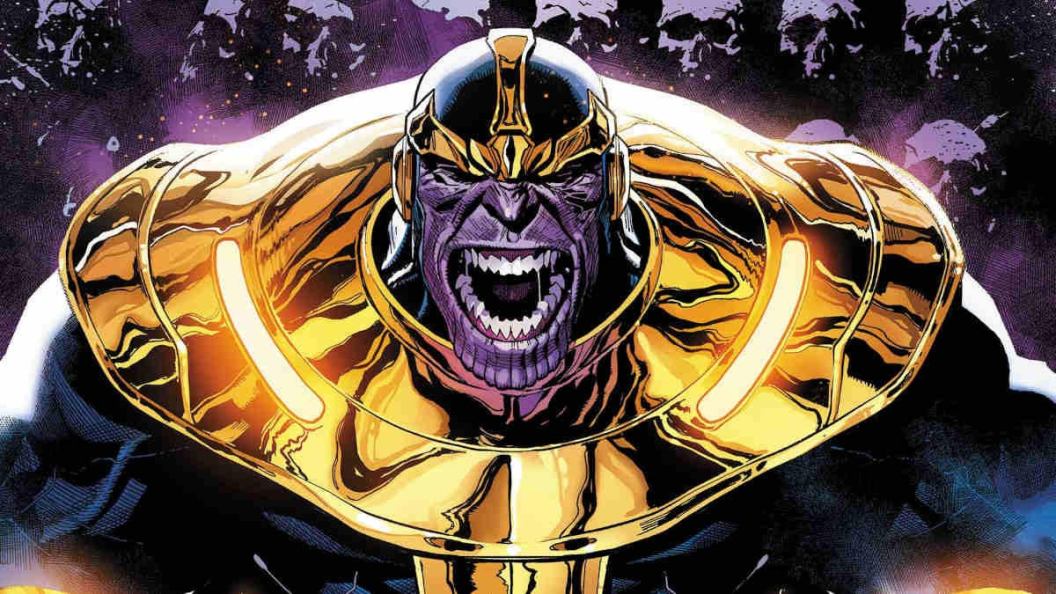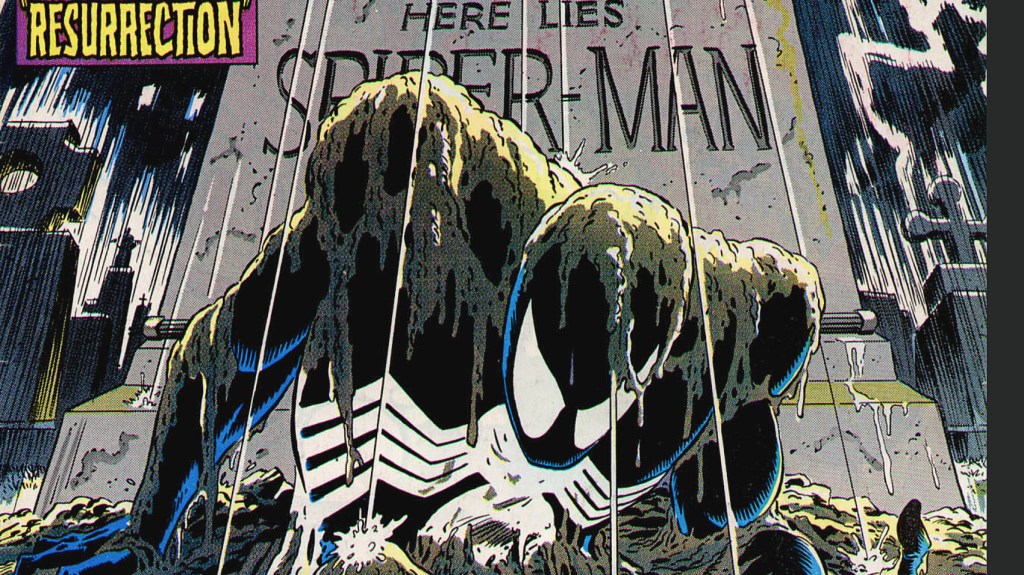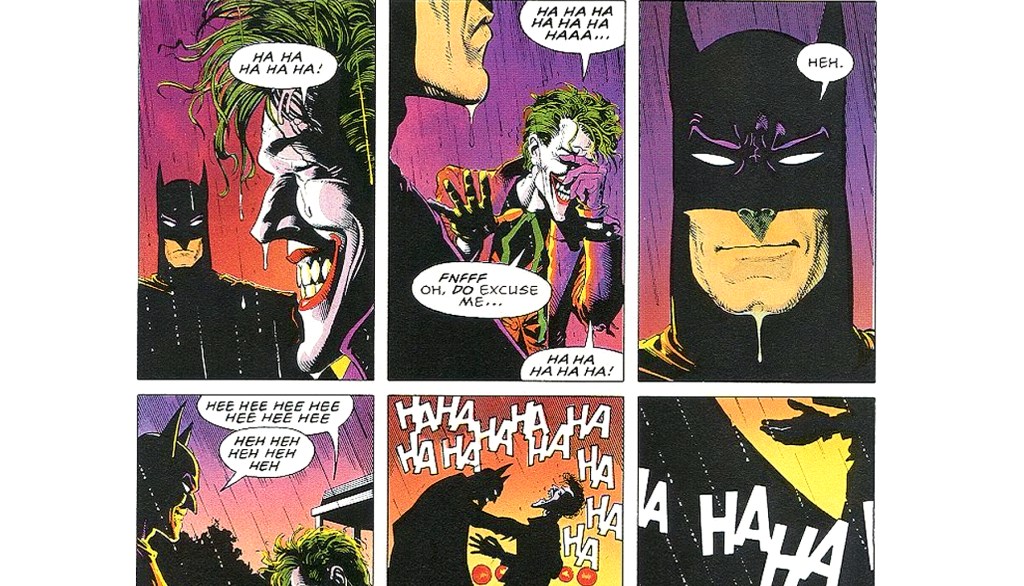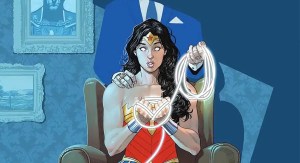
It’s been nearly a century since superhero comic books began with Action Comics #1, and for almost the entire time superheroes have existed, they’ve been winning. Their success rate is so consistent it raises the question: why would anyone — especially the average criminal — ever doubt the old adage that “crime doesn’t pay”? In this way, superhero stories often reflect real life, where repeat offenders and the most dangerous criminals are usually tracked down and brought to justice. And when real-world law enforcement fails to do so, those failures often lead to public outcry, reform efforts, or new strategies to prevent similar lapses in the future.
Interestingly, since villains almost always fail in superhero comic books, the only lesson they — and the community — seem to learn is that truth and justice always prevail. But if art is meant to imitate life, then comic book villains should occasionally experience a measure of success. Just as in real life, such disruptions challenge the system, and in superhero stories, they enrich the narrative by showing how even seemingly invincible heroes confront failure, adapt, and ultimately overcome defeat. These moments also serve as a reminder that complacency, no matter how justified it may seem, is never a wise choice.
Huzzah! Spider-Man and Batman Win Again

Superhero comics have always cleaved to a well-worn path: An evil threat arises, a hero comes to the rescue, the hero stumbles, the hero regroups, and the evil threat is finally vanquished. This formula has underpinned some of the most legendary tales in superhero comic book history. Indeed, which fan can dismiss the power of redemption in “Kraven’s Last Hunt“? In that story, Peter Parker — defeated, buried alive, and replaced — fights his way out of his “grave” to finally and completely defeat Kraven the Hunter. Then there’s Batman in “Knightfall”, where, after having his back broken by Bane, Batman tirelessly undergoes his own rehabilitation until he is able to finally defeat Bane and reclaim the mantle of the Dark Knight.
These two examples, and countless others, testify to the power of the formula. It humanizes the hero by mirroring the human experience, creates narrative tension by showcasing a hero’s vulnerability and a villain’s power, and illustrates the hero’s evolution through adversity. It’s the stuff that makes the “hero’s journey” one of the most compelling, emotionally resonant, and beloved storytelling frameworks ever. However, it’s also, to be honest, mind-numbingly predictable. This is especially true for longtime comic book fans who have seen this play out over the years in the series they follow. As a result, fans rarely doubt that their favorite hero will eventually win; they simply wonder how much trouble they’ll have to endure to achieve ultimate success.
That Time When Thanos, the Joker, and Ozymandias Won

Naturally, in the long history of good versus evil, there have been a few villain victories. One of the most memorable is Ozymandias’ triumph in Alan Moore’s classic, Watchmen. Like most supervillains, Ozymandias believed he was above the law and that the world should bend to his will. What made him unique was that, before his dark turn, he was one of the top heroes fighting for a better tomorrow.
However, his decision to take the fate of the world into his own hands came at a devastating cost, killing many of his former colleagues and millions of innocent people. It’s the type of plan that has been foiled countless times in superhero stories over the years. But in Moore’s narrative, not only did the plan succeed, but Ozymandias also emerged arguably in a better position than before, grudgingly accepted as having taken the best action among a slate of terrible choices.
There’s also Thanos’s efforts to impress Mistress Death in Jim Starlin and George Perez’s “Infinity Gauntlet” story arc. Indeed, he succeeded in collecting all six Infinity Gems and “disappearing” half of the universe’s population. Similarly, the Joker’s win in Alan Moore’s The Killing Joke is notable. While ultimately defeated by Batman, by shooting Barbara Gordon and torturing her father, Commissioner Gordon, he arguably achieved his primary goal of proving that “one bad day” can drive anyone mad, even someone as mentally tough as Batman.
When the Joker Wins, the Batman Story Wins too

Taken together, these three villainous victories share one key element: they were truly shocking. They surprised audiences, sparked intense debate, and dramatically disrupted traditional comic book storytelling. Years later, these moments remain among the most memorable in modern superhero comic book history. What those examples also demonstrate is that when creators allow villains to win — even temporarily — they tap into a powerfully compelling storytelling device. It adds mystery and edge to the familiar “hero meets villain, hero defeats villain” formula, while also giving readers a stronger reason to stay invested in the narrative.
When used with enough frequency, this approach can lead fans to view every hero-villain encounter as a legitimate test of abilities, one whose outcome isn’t a foregone conclusion. How much more exciting would it be for fans to pick up a comic and truly not know how the story will unfold? This is the same “thrill of the unknown” that movie and television creators rely on heavily to captivate audiences and generate interest in their films and shows. It’s about time that comic creators and publishers tapped into that same solution — not only to sustain the creative energy it generates but also to offer a lasting gift to fandom, one that keeps on giving.
What do you think? Let us know in the comments.
The post Maybe It’s Time Comics Let the Villains Truly Win For Once appeared first on ComicBook.com.


